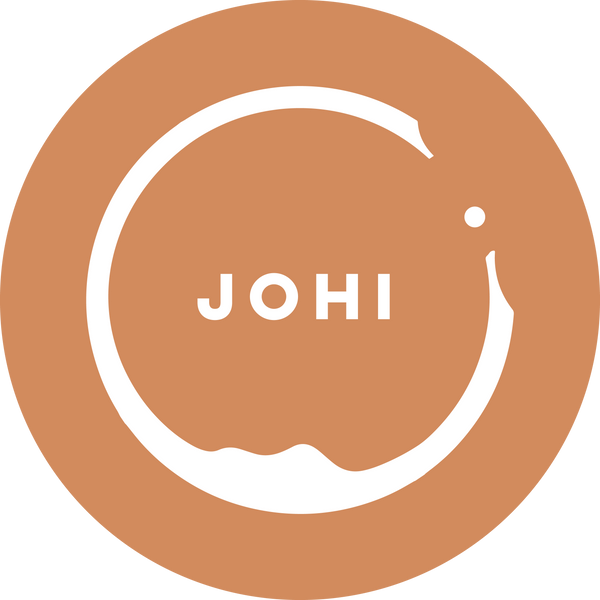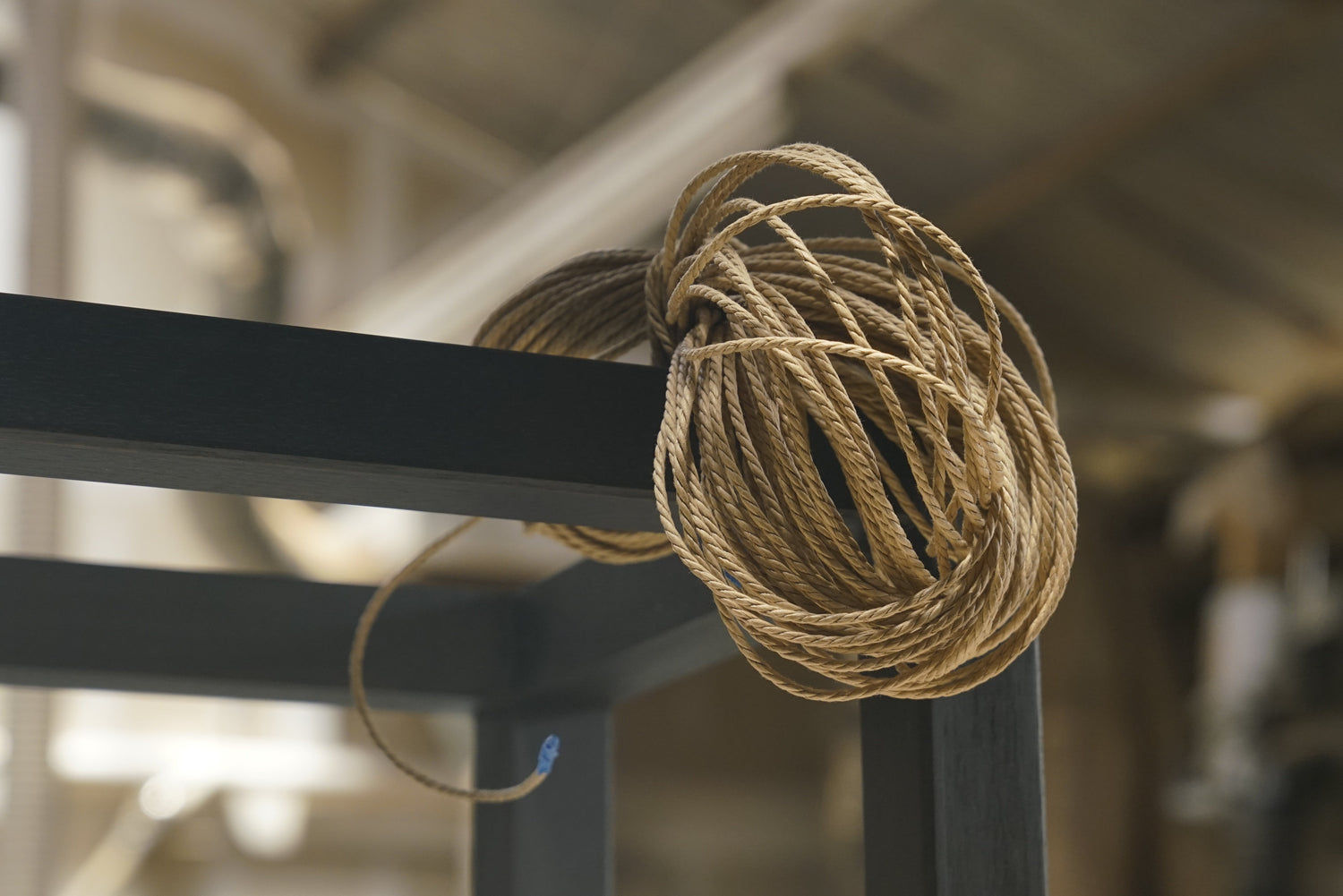We began exploring the use of weaving in our furniture as a way to pay homage to the importance it plays in both Hawaiian and Arabic cultures.
In the Arab world, Sadu (السدو) is the tradition of geometric embroidery for furnishings, rugs and saddles. This practice is historically carried out by the women of Bedouin communities, and it offers a chance to gather and share news and stories. As the world changes, this tradition is being left behind and is now considered a UNESCO Cultural Heritage Tradition in need of safeguarding.
The same may be said of needing to safeguard knowledge here in Hawai'i of making and using cordage. Within Polynesian voyaging, fishing, and land cultivation culture, there was always great need to create strong durable kaula (cord/rope) from available natural resources. The plants often used include olonā, pulu niu (coconut husk fiber) & hau (sea hibiscus). After gathering and crafting certain sizes and lengths of cordage, it could be used for canoe lashings, carrying handles or net bags, slings, sandals, a sewing material, and more.
In our first furniture collection and custom furniture pieces, we have settled on weaving with Danish cord, a paper base product that began gaining popularity for use in furniture after WWII. Most cords feature a 3-ply construction, where paper is twisted together to produce a very strong laced cord. While it can be a little tricky to work with at times, knotting up on itself and untwisting, the cord is a perfect material choice for seats and other stressed applications in furniture.
All of our weaving is done in our JOHI studio & workshop and can be customized to suit your specific needs.
Sold out
Sold out
Sold out

